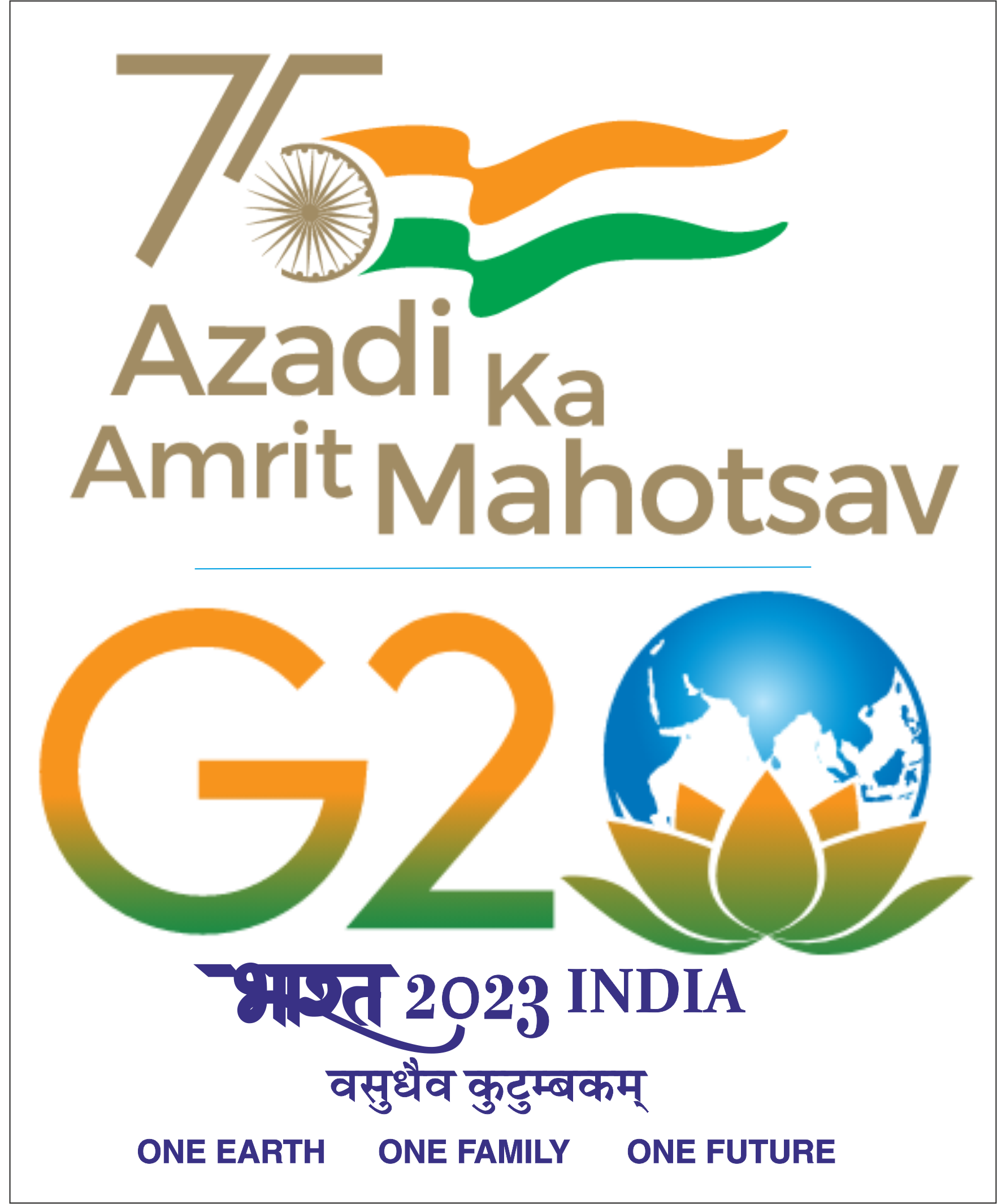Ms. Poornima will present her APS as per the detail:
Date: 28th September, 2022
Time: 10:30-11:30 AM IST (3:00-4:00 PM AEST)
Title: Cellulose nanofiber recovery from pineapple leaf waste - an integrated biorefinery
Guide: Prof Amit Arora (IITB) , Prof Warren Batchelor (Monash), Prof Antonio Patti (Monash)
RPC Members: Prof Murali Sastry (Monash) and Prof Yogendra Shastri (IITB)
Zoom link:
Please click this URL to start or join. https://monash.zoom.us/j/85348004256?pwd=QVdCREhYdE1lYnVRNmlzTXAwOWpRdz09
Or, go to https://monash.zoom.us/join and enter meeting ID: 853 4800 4256 and passcode: 236704
Abstract:
Pineapple harvest (27.82 MMT (2020-21)), generates significant amounts of on-farm wastes. Pineapple leaves (60% weight of the plant) are the primary components of this waste. They are ideal for the preparation of cellulose micro/nanofibers due to their high cellulose (45%) and hemicellulose (38%) content and a low amount of lignin (<10%). The present work demonstrates the preparation of cellulose micro/nanofibers and the evaluation of their properties using a combination of hydrothermal pretreatment and ultrasonication. Effective cellulose extraction (85% yield) comparable to the commercial alkaline extraction process (90% cellulose yield) was observed. Fibrillation studies using ultrasonication produced cellulose nanofibers of 50-100 nm diameter. Additionally, ultrasonication reduced the crystallinity and crystal size of cellulose. Sedimentation, turbidity, zeta potential and particle size of the prepared nanofibers with different lignin and hemicellulose concentration were compared. Based on the results, hydrothermally treated samples at 150°C, 1h was found to be best suitable for sheet preparation. Studies on sheet making and characterisation are currently underway. In addition to cellulose, hemicellulose was obtained. The leaf biomass is a potential source of antioxidants with high free-radical scavenging and anti-microbial activity. The extractives were also found to have a chlorophyll content of 1.5 mg/g and carotenoid content of 0.2mg/g. The HPLC method was developed for separating the components of the extractives, and the components were identified using LCMS analysis. Phenolics and organic acids were identified to be the major components. Pineapple leaf fibres were extracted, and their composition was analysed. In essence, the biorefinery model for sustainable utilisation of pineapple leaf waste hydrothermal-assisted method was successful in the preparation of cellulose nanofibers and other value-added products. Future studies will provide techno-economic feasibility for the scale-up of the developed model.





